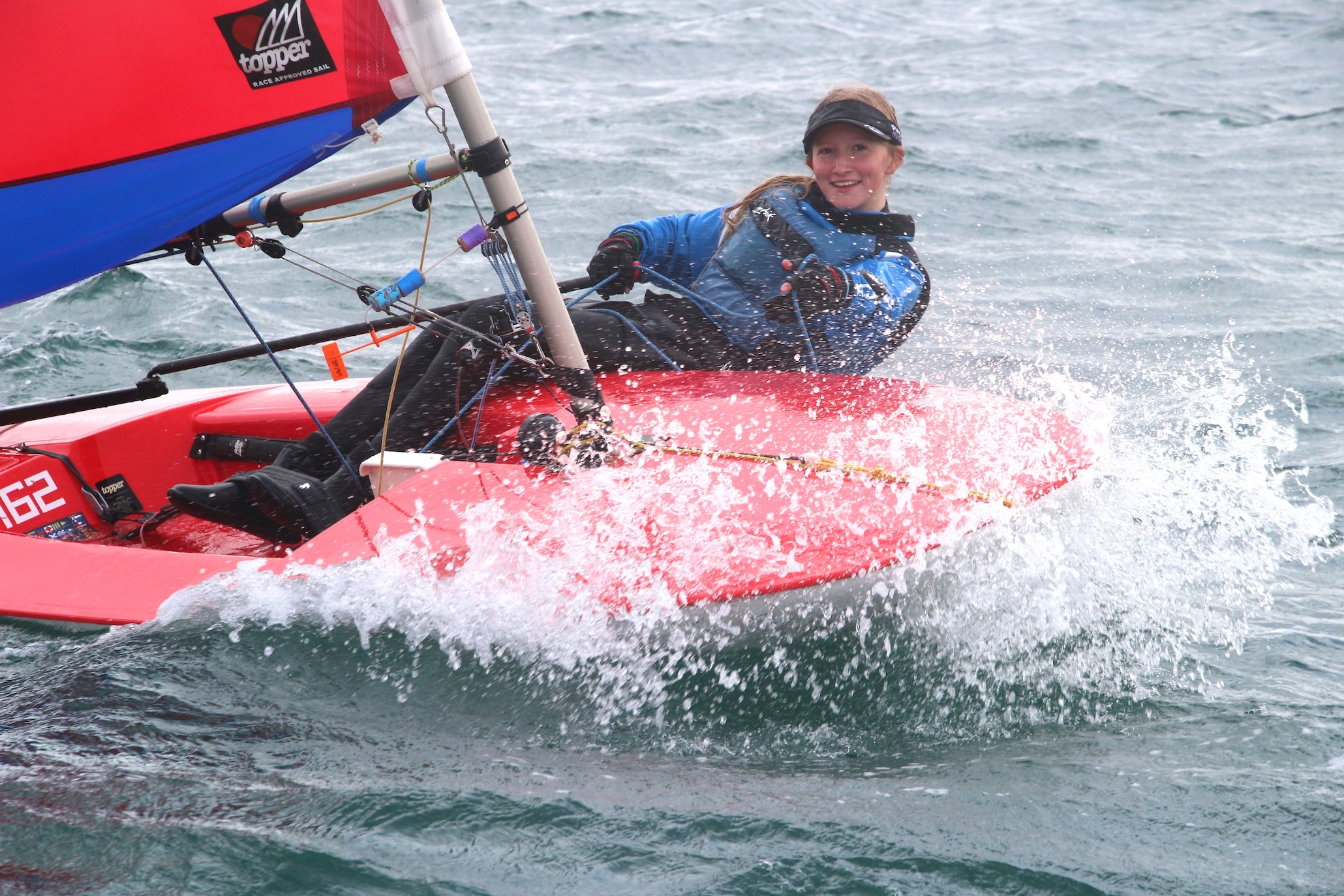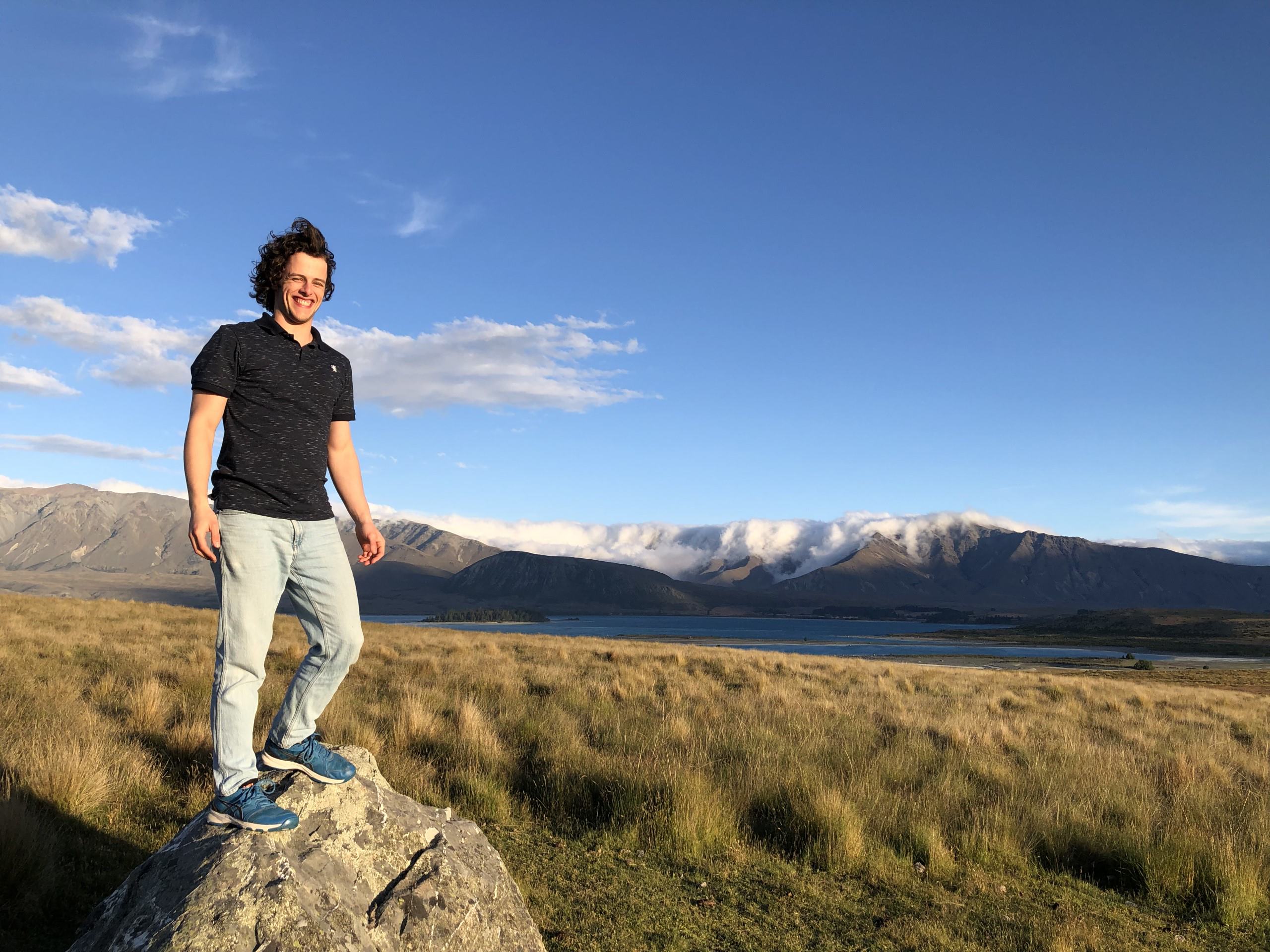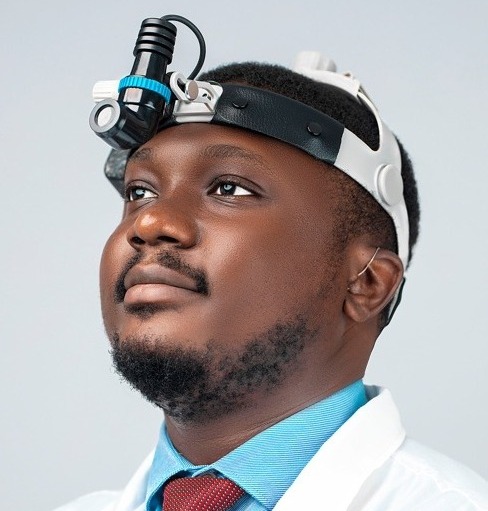SASL: A new official language
February 8, 2023An important lesson for everyone – not just those with hearing loss
February 15, 2023How a Osteogenesis Imperfecta diagnosis lead one woman on a path to Diversity and Inclusion

Navleen Kaur, a Sonova employee, was diagnosed with hearing loss when she was 27 years old. Kaur and her husband were driving along a highway with her in the passenger seat. Her husband discovered that whenever he would talk to her, she was not responding.
Her husband shared his discovery with Kaur, but she was in denial. It was just a one-time incident, she thought. Then realized that this could be her new reality as she has a condition called Osteogenesis Imperfecta (Type 1).
Osteogenesis Imperfecta and Hearing Loss
Osteogenesis Imperfecta (OI), commonly known as brittle bone disease, is a genetic bone disorder that is present at birth.1 A child with OI may have soft bones that break easily or bones that are not formed normally. There are at least eight different types of the condition, and symptoms may range from mild to severe, with Type 1 being the mildest and most common type.1
OI is diagnosed by the child’s healthcare provider or specialist based on the symptoms observed and diagnostic tests, including x-rays, lab tests, and bone biopsy.1 OI is a lifelong condition, but individuals with OI can live independently as possible, with the appropriate treatment and care in place. The main goal of treatment is to prevent deformities and fractures.1 One symptom of OI is acquired hearing loss in early adulthood.1 Hearing loss in OI is often bilateral and can be conductive, sensorineural, or mixed.2
Kaur went to the doctor to have her hearing checked. The results were as she knew they would be – her hearing had decreased significantly. Shortly afterwards, she was fitted with her first pair of Phonak hearing aids.
Diversity and Inclusion
Kaur’s journey to Sonova was by chance after she saw a job posting. Her background is in the legal field and in human rights. She worked for the United Nations for about seven years before joining Sonova. She focused quite heavily on disability rights as she felt there was a need in this field and for representation.
At Sonova, Kaur is the Senior Manager for Diversity and Inclusion (D&I). She wants to change the mindset of what people think when they hear D&I. D&I goes beyond hiring and development. It encompasses knowing about how to be inclusive holistically. For example, in:
- Communications – making our language and visuals inclusive;
- Marketing – having more inclusive marketing campaigns and strategies to help us to gain even more customers;
- IT – how our systems can be inclusive of those with hearing loss, those who are blind, colorblind, etc.;
- Infrastructure – making sure our physical workspaces are inclusive with accessibility and inclusive evacuation policies.
The list could go on and on. So really, D&I applies to every field, not only to human resources.
Being a Sonova Employee with Hearing Loss
It has been a unique journey being a Sonova employee with hearing loss, especially how it’s easy to be open about the hearing loss. There is also a community to learn from. “I knew about hearing loss, but once you experience it, it is a whole different feeling,” Kaur says. “You receive additional support when you have questions, and you can describe what tinnitus feels like and many of your colleagues will understand it. That makes a huge difference in the everyday work environment. It makes you feel included.”
Read more: Meet Benjamin Helder, a Phonak employee with hearing loss
Adapting to Different Environments
Since no one else in Kaur’s family has hearing loss, some communication adjustments were needed. She shares that her husband is a great help with her hearing care. He not only reminds her to wear her hearing aids, but he also keeps extra cleaning cloths and filter changes for her hearing aids in the car.
Sometimes, Kaur forgets to wear her hearing aids as she does not notice her hearing loss until she starts talking to others. Thus, she ends up in a situation where she cannot follow a conversation, resulting in exhaustion while trying to mentally concentrate and listen. Her friend circle will ask Kaur where she wants to sit around the table. When they make reservations, they try to ask for a corner table so that there is a wall around and Kaur is not sitting in the middle of a crowded restaurant.
With her husband’s reminders and the care her friends show, it helps with the mental load. Otherwise, Kaur shares, it can be tiring “to remember all of that on my own, plus all the other things we all have to take care of in daily life.”
Promoting Inclusivity
Kaur shares some advice on how you can promote inclusivity in your local communities.
“I think with inclusivity it takes letting your guard down and learning,” she says. “I hear a lot of pushback to D&I, especially around language. However, it is important that we change as the communities that those words target are telling us what they would prefer. Just like there were words 50 years ago that we wouldn’t use now, there are also terms that we grew up with that today are not okay to use. We need to evolve with time and also be supportive of one another. Unfortunately, there is still a lot of stigma around having a disability so having a supportive community can always be helpful.”
“We need to evolve with time and also be supportive of one another.”
It is important that people are open to learning and changing. D&I is really about change in a positive direction. From a Sonova perspective, Kaur sees that “caring is part of our DNA with the products we produce, but we need to ensure we live that also internally on a daily basis through our policies, culture, and strategies.”
References
- (n.d.). Osteogenesis Imperfecta (Brittle Bone Disease). Johns Hopkins All Children’s Hospital. https://www.hopkinsallchildrens.org/Patients-Families/Health-Library/HealthDocNew/Osteogenesis-Imperfecta-(Brittle-Bone-Disease)-(1)
- Ugarteburu, M., Cardoso, L., Richter, CP. et al.Treatments for hearing loss in osteogenesis imperfecta: a systematic review and meta-analysis on their efficacy. Sci Rep 12, 17125 (2022). https://doi.org/10.1038/s41598-022-20169-9



